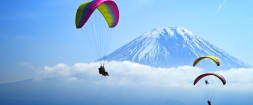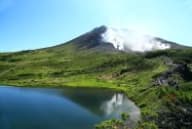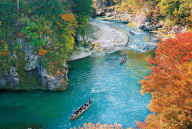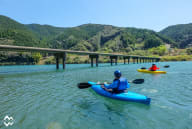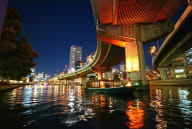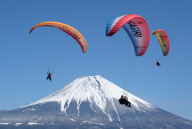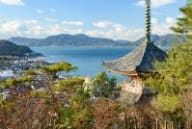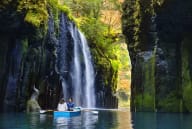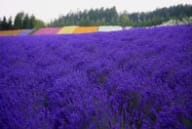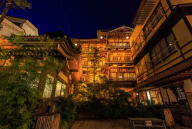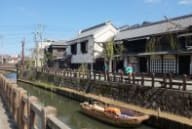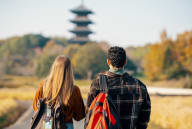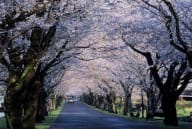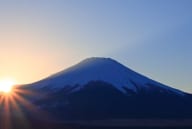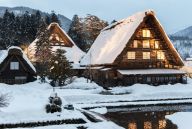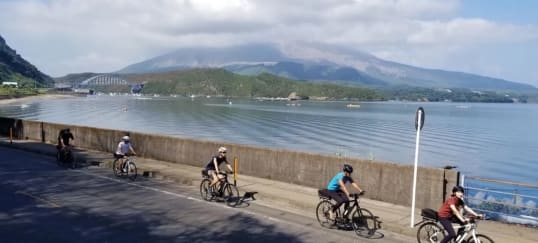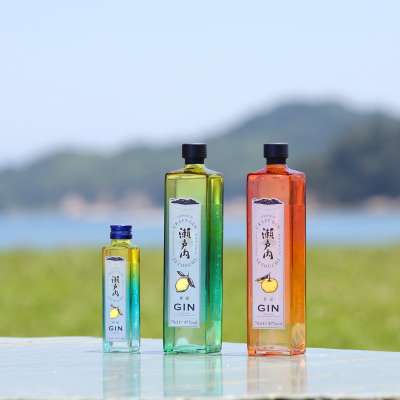
2025.11 Escape the Winter Chills for the Emerald Embrace of Amagi This Winter 2025 – 2026 A subtropical paradise with lush forests, warm breezes, and crystal-clear waters
When you think of winter in Japan, you might picture snow monkeys lounging in steamy onsen or crimson torii gates standing amongst the snow. However, just 1,000 kilometers south of Tokyo lies a completely different kind of winter escape.
Welcome to Tokunoshima, part of the Amami archipelago in Kagoshima Prefecture and home to Amagi, a peaceful village recently recognized by the UN as one of its Best Tourism Villages. So, what makes this quiet, off-the-beaten-path gem so special?
Read on to discover why Amagi belongs on your winter travel list.
What is the UN Tourism Best Tourism Villages?

Amagi’s scenic, untouched beaches are just one of the many reasons it was chosen as a Best Tourism Village
The Best Tourism Villages by UN Tourism recognizes outstanding examples of rural destinations that implement tourism in a sustainable way and as a key driver for rural development and community well-being.
Amagi, on the subtropical island of Tokunoshima, is one such destination. With its pristine coastlines, biodiverse forests, and deeply rooted culture, this tranquil village invites travelers to experience a more meaningful, immersive side of Japan – far from the crowds, and in harmony with nature.
Why Amagi Was Chosen, and Why You Should Choose It Too!

Amagi boasts an agricultural system that works in harmony with the island’s nature
Tokunoshima and neighboring Amami Oshima are celebrated for their extraordinary natural beauty – an ecological haven where mangroves thrive and rare, endemic wildlife roams ancient forests. Yet even within this remarkable archipelago, Amagi Town stands out for its untouched wilderness and quiet authenticity. Designated as part of a World Natural Heritage Site in July 2021, Amagi is more than a scenic retreat – it’s a living example of harmony between people and nature. The village’s agricultural heritage is rooted in sustainable practices such as mixed farming – combining sugarcane cultivation, livestock, and diverse crop, which reflect a deep, generations-old connection to the land and its rhythms.
In the winter, the climate is very mild, with an average temperature of around 22 degrees Celsius. This makes it one of the best times of the year to visit the island, and you have a wide-selection of nature-first activities to choose from.
Top Nature Spots in Amagi

Amagi’s crystal-clear waters are a true sight to behold
Despite its compact size, Amagi boasts a treasure trove of unique natural wonders. Here are some of the island’s most striking natural sites, each offering a glimpse into Amagi’s raw and remarkable beauty.
1. Serene Hiking Trails at Mt. Amagidake

Wander through ancient woodland on Mt. Amagidake
The Matsubara Trail on Mt. Amagidake winds through lush subtropical forest, passing three distinctive waterfalls, including the dramatic Machara Falls, before opening up to a beautiful 360° panorama of towering Quercus Miyagii oaks. Along the way, observant hikers may spot traces of the Amami rabbit or glimpse the elusive Amami tip-nosed frog – just a few of the remarkable species that call this forest home. The trail runs through one of Japan’s richest ecological zones: though Tokunoshima covers just 0.07% of the country’s land area, it shelters around 10% of its terrestrial mammals, amphibians, and vascular plants – along with over 20% of its reptiles and more than 30% of its bird species.
2. The Dramatic Mushiroze Coastline

Feel mother nature’s power at this epic natural rock formation
Carved by wind, waves, and millions of years of geological movement, Mushiroze is a striking stretch of coastline defined by massive granite formations – including the iconic “Candle Rock.” A short walk from the parking area leads to panoramic views of sea and stone, with opportunities to get out onto the rocks and soak in the wild beauty of Tokunoshima’s northwest tip. Designated as part of Amamigunto National Park, this surreal landscape offers the chance to spot sea turtles gliding through the waves, while the surrounding shrubland is dotted with native plants long woven into the island’s craft and natural dyeing traditions.
3. Underwater Adventures Along the Senma Coast and Marvel at Unbuki Underground Seawater Cave

Snorkel or dive in the captivating blue seas along the Senma Coast
The Senma Coast is a serene beach to the east of Tokunoshima that is also one of the best places to observe sea turtles in their natural environment (emphasis on observe, please don’t interact with them). This is a great accessible option for less experienced divers.
Elsewhere, far from the shoreline and tucked deep within the island, Unbuki is a water-filled limestone cave where ocean tides mysteriously rise and fall. The cave sits 400 meters inland, yet its seawater level changes with the tide – leading scientists to believe there’s a hidden underwater tunnel connecting it to the open sea. Despite years of exploration, that connection has never been found. Now known as Japan’s longest underwater cave, Unbuki has revealed everything from Neolithic pottery to rare marine creatures.
The entrance to the cave and the surrounding area is open to explore on foot but note that going into the water is prohibited.
Discover Amagi’s Rich Culture

Spend a magical winter in Amagi
While Amagi’s natural landscapes are undeniably captivating, its cultural heartbeat is just as vibrant. Once part of the Ryukyu Kingdom centering on Okinawa, the village is known for its warm hospitality, traditional music and dance, and centuries-old customs tied to the land. It’s this living heritage that gives Amagi its quiet, enduring charm.
Related Links
Amagi Town |













